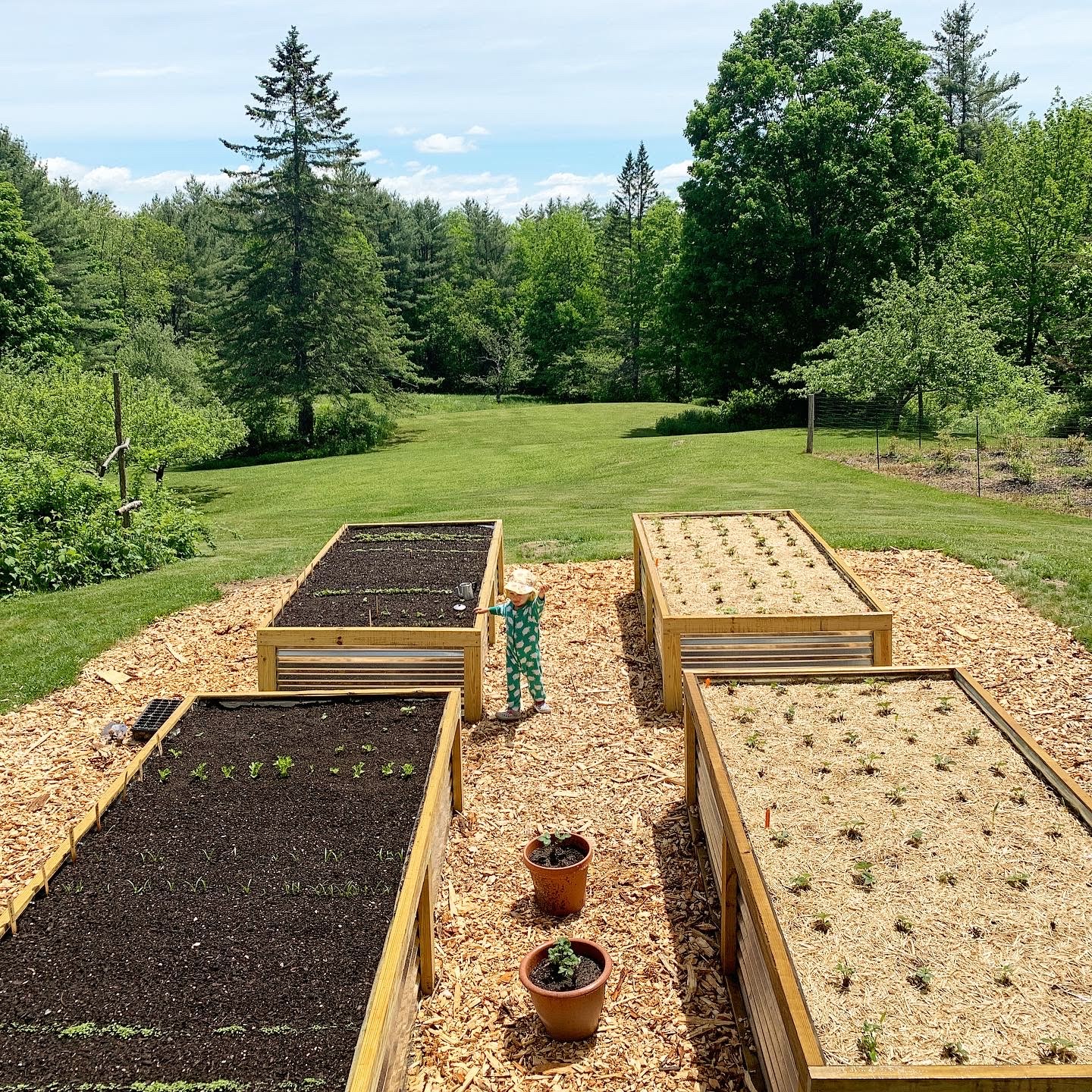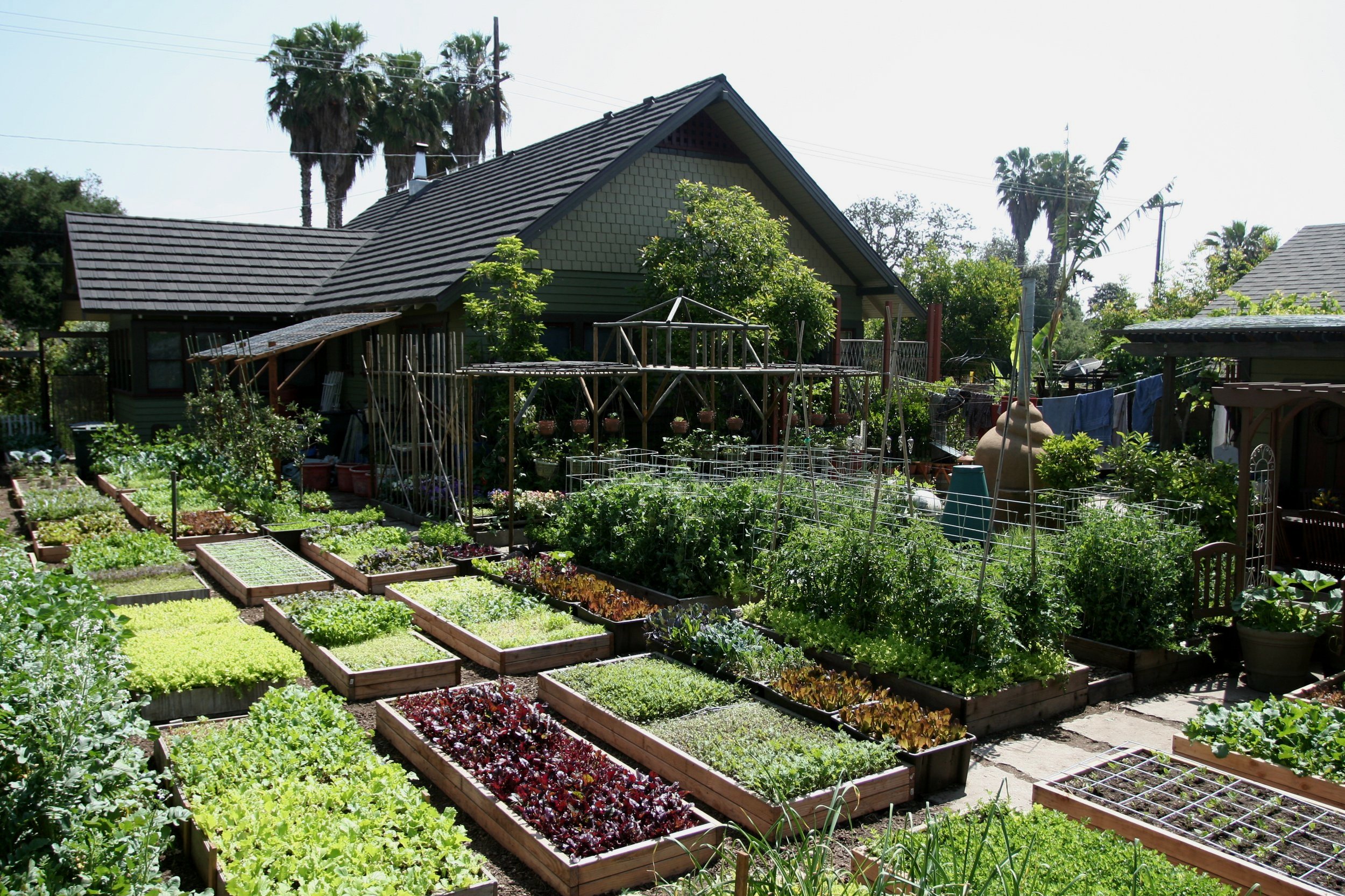Maximizing Yield in Homestead Gardening
Maximizing Yield in Homestead Gardening
Blog Article
Learn How to Grow a Thriving Gardening Setting for All Skill Degrees
Creating a flourishing yard is a complex undertaking that can be embraced by people at any kind of skill degree. By checking out key components such as soil health, proper plant choice, and seasonal treatment routines, one can develop a lasting horticulture technique that produces satisfying outcomes. Recognizing exactly how to analyze and boost your garden room lays the structure for success. The intricacies of applying these concepts often present difficulties that can hinder also the most passionate newbie. What strategies can be employed to overcome these obstacles and foster a genuinely flourishing setting?
Comprehending Your Garden Space
In the realm of gardening, comprehending your garden space is vital to growing a thriving landscape (Homestead Gardening). The primary step in this venture involves analyzing the certain characteristics of your story. Factors such as soil make-up, sunshine exposure, and drain play essential functions in identifying the viability of your garden for various kinds of plants
Begin by carrying out a soil test to analyze pH degrees and nutrition material, which will inform any kind of required modifications. Furthermore, observe how much sunshine your area receives throughout the day. Different plants have varying light needs; some prosper completely sun, while others prefer partial or complete shade.

Lastly, review the available area and strategy appropriately. This consists of taking into consideration plant elevations and spread out to make sure appropriate area for development without overcrowding. By acquiring a comprehensive understanding of your garden space, you set the foundation for a successful horticulture experience.
Selecting the Right Plant Kingdoms
Choosing the right plants for your garden calls for mindful factor to consider of various factors, including environment, dirt problems, and individual choices. Begin by assessing your regional climate, as details plants thrive in certain temperature arrays and climate patterns. Exotic plants might not survive in chillier regions, while durable perennials can hold up against severe winters.

Consider your personal preferences, including aesthetic allure and upkeep degrees. Determine whether you favor dynamic flowers, rich foliage, or edible crops. In addition, consider the time and initiative you agree to spend in plant care, as some ranges demand even more focus than others.
Last but not least, think of the yard's format and light exposure. Sunlight patterns throughout the day will certainly affect your choices-- some plants require full sun, while others prosper in color. By thoughtfully examining these elements, you can produce a efficient and harmonious yard tailored to your atmosphere and tastes.
Crucial Horticulture Devices
A well-equipped gardener can dramatically enhance their gardening experience and end results. Important gardening devices are basic to cultivating an effective garden, no matter of ability degree. A strong spade is indispensable for excavating and turning soil, while a trowel enables for accurate growing and hair transplanting of smaller sized plants.
Pruning shears are vital for preserving click now plant health by getting rid of dead or overgrown branches, promoting far better air circulation and development. In addition, a hand rake works for removing particles and freshening the soil, making certain ideal problems for plant roots.
Gardening gloves protect hands from chemicals, blisters, and thorns, making them a vital accessory. A watering can or tube with an adjustable nozzle ensures that plants receive ample dampness without overwatering.
Finally, think about buying a tough wheelbarrow for moving soil, plants, and devices around the garden efficiently. By assembling a high quality toolkit that consists of these important products, gardeners can tackle numerous jobs with confidence and convenience, paving the method for a prospering horticulture environment. Bear in mind, the right tools not just improve performance but also improve the total enjoyment of the horticulture procedure.
Soil Prep Work and Upkeep
Quality soil is the structure of a successful garden, making appropriate preparation and upkeep vital for healthy plant growth. The initial step in soil prep work involves testing its pH and nutrient levels. This can be accomplished with soil testing packages readily available at horticulture centers or through specialist solutions. Based upon the test results, amendments can be made to enhance soil problems for particular plant needs.
Integrating natural matter, such as garden compost or well-rotted manure, is crucial for boosting dirt structure and fertility. This not only improves nutrient availability however also advertises valuable microbial activity. In addition, correct water drainage is important; heavy clay dirts may call for the addition of sand or perlite to improve aeration.
Routine maintenance of soil wellness consists of mulching, which preserves moisture and reduces weeds. Additionally, rotating crops yearly assists prevent nutrient exhaustion and lowers insect and illness threats. It is additionally crucial to prevent over-tilling, which can interrupt soil structure and harm beneficial organisms.
Inevitably, a regular dedication to soil prep work and maintenance will bring about a growing yard, making sure that plants obtain the vital nutrients they need for robust growth and productivity.
Seasonal Treatment and Administration

In spring, focus on planting new seeds and plants, while company website also carrying out dirt examinations to modify nutrient shortages. Routinely look for pests and diseases, as these can multiply with the warming weather. Summer season demands consistent watering and mulching to keep wetness, together with trimming for much better air blood circulation.
As fall approaches, it's time to prepare the yard for inactivity. This includes harvesting plants, cleaning up debris, and using a layer of compost to protect plant origins from frost. Think about growing cover plants to enrich the soil throughout the wintertime months.
Lastly, wintertime treatment is crucial. Check frameworks like greenhouses for damages and guarantee proper insulation for sensitive plants. Consistently check for parasites that may look for refuge inside. By adjusting your horticulture techniques to the seasonal cycles, you can foster a prospering environment that supports plant health and wellness year-round.
Verdict
Finally, growing an effective garden calls for an extensive understanding of necessary principles such as dirt structure, sunshine direct exposure, and suitable plant basics choice. Executing effective soil preparation and maintenance strategies, along with using the right devices, cultivates an optimal expanding atmosphere. Regular seasonal care and administration practices even more enhance plant health and efficiency. By sticking to these fundamental guidelines, people whatsoever ability degrees can attain a prospering yard that adds to both visual pleasure and environmental sustainability.
Choosing the right plants for your yard needs mindful factor to consider of various aspects, including environment, dirt problems, and individual choices. Conduct a dirt examination to establish pH levels and vitamins and mineral web content, which will certainly direct you in picking plants that will flourish in your garden.Lastly, take into consideration spending in a tough wheelbarrow for transferring dirt, plants, and devices around the yard efficiently.Quality soil is the structure of an effective yard, making appropriate prep work and upkeep crucial for healthy and balanced plant development. Homestead Gardening.In conclusion, cultivating an effective garden calls for a thorough understanding of necessary principles such as soil structure, sunlight exposure, and suitable plant choice
Report this page